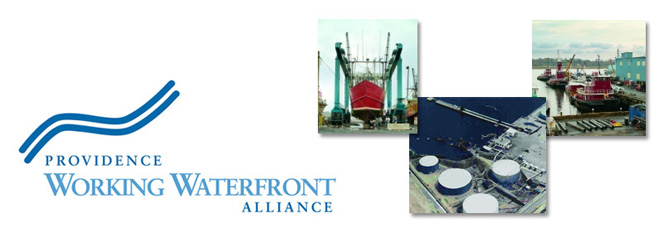Today’s Providence Journal has an excellent article on just how much commercial shipping traffic there is Narragansett Bay, and how important this working waterfront activity is to Rhode Island and the region.
Rhode Island’s coastal waters are “an important and highly valuable marine transportation corridor,” the report says, for such vessels as “tankers, bulk carriers, and tug and barges; passenger ferries; naval vessels; government research; enforcement and search-and-rescue vessels; and pilot boats.”
The report documents thousands of transits in and out of Narragansett Bay each year by commercial shipping.
Using 2007 data from the U.S. Army Corps of Engineers, the report noted the following:
• 178 dry cargo vessels visited Providence and 145 went to Fall River.
• 233 tankers visited Providence and 6 went to Fall River.
• 403 tugs visited Providence and 388 went to Fall River.
• 948 barges visited Providence and 111 went to Fall River.
Those 2,412 transits don’t include an additional 160 to 200 transits made by ships to Quonset that the Army Corps does not count . . .
The report said a study done for the Providence River dredging project found that marine transportation industries, along with recreational and fishing related industries, generated $586 million in direct economic impact on the state’s budget in 2000 as well as 12,265 jobs.
This level of economic impact demonstrates why it makes no sense to waste Providence’s Allens Avenue working waterfront — with it’s strategic location on a 40ft federal deep water channel and highway and rail access — on glitzy condos and hotels that can be built anywhere. Unlike condos and hotels, water-dependent marine industrial businesses must have access to the water and that’s why Rhode Island needs to protect and preserve it’s critical working waterfronts.

